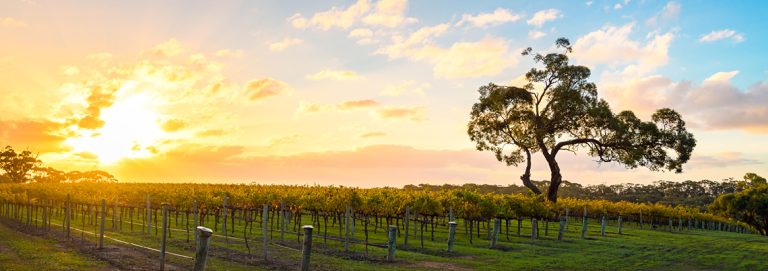It’s August and we are into the final month of an unusually balmy winter, after a record run of high temperatures for July in many states. Financial markets have also been running hot with new records set.
Global sharemarkets were riding high in July, fueled by higher than expected US growth, rising expectations that the US Fed would cut interest rates this month and hopes of further China-US trade talks.
On the flip side, global bond yields fell to record lows. Australian 10-year government bonds currently yield 1.21 per cent, down 1.45 per cent in 12 months.
The US S&P500 share index hit a new record high in July while Australia’s All Ordinaries Index and ASX200 finally broke through their 2007 record highs set before the GFC. Australian shares were also buoyed by the second cut in official interest rates in as many months, to a new low of 1 per cent. Rising iron ore prices (up 72 per cent in 12 months) and further falls in the Aussie dollar to below US69c also helped boost our export sector.
Australia’s trade surplus rose to a record high of $5.75 billion in May, including a record surplus with China. But in a worrying sign, China’s economic growth fell to an annual rate of 6.2 per cent in the June quarter, its weakest in 27 years.
The International Monetary Fund (IMF) lowered its forecasts for global growth to 3.2 per cent in 2019. If accurate, this would be the slowest growth in 10 years. This is reflected in Australia’s inflation rate; the Consumer Price Index rose to an annual rate of 1.6% in the June quarter, better than the 1.3% reading in March but still stubbornly below the Reserve Banks 2-3 per cent target.




































































